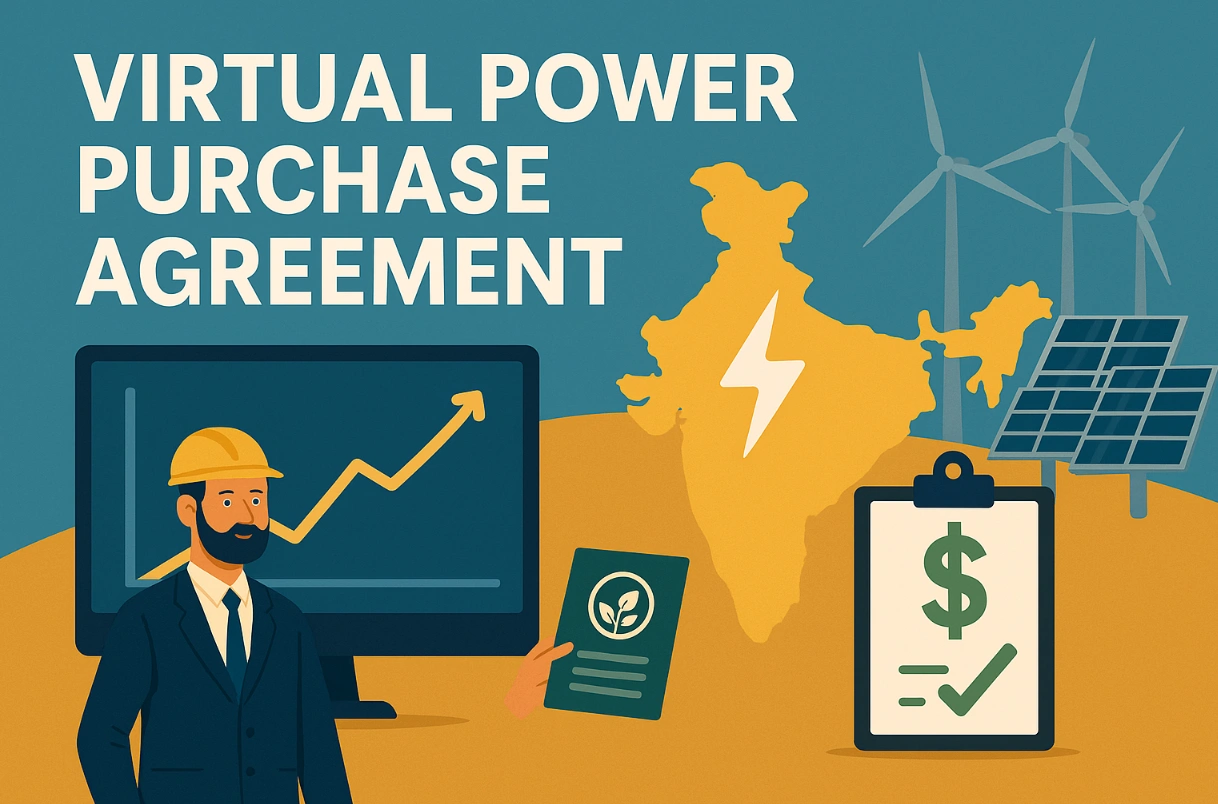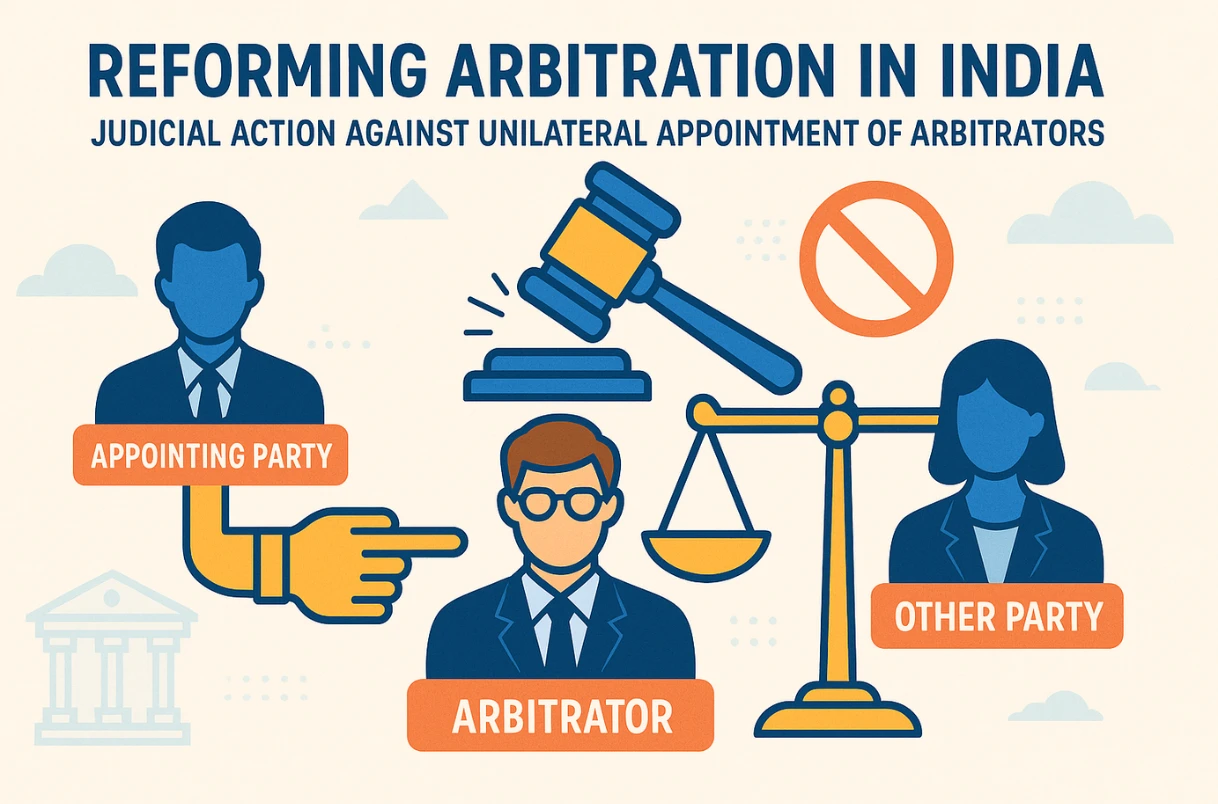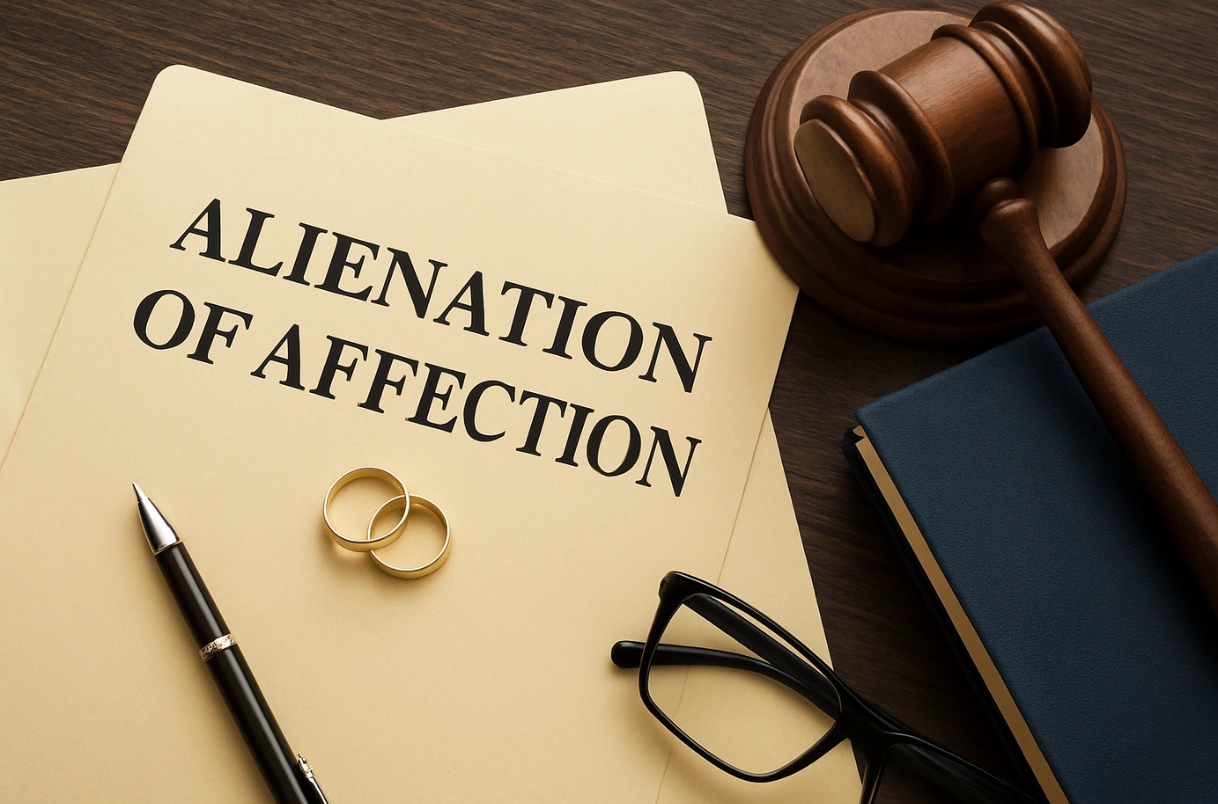Kumbh Mela Airfare Spike: A Reflection of Oligopolistic Pressures in Indian Aviation

By – Sakya Singha Chaudhuri, Neha Das , Aditya Pratap Singh
Table of Contents
Introduction
The recent Kumbh Mela, was one of the largest religious gatherings in the world, and drew millions of pilgrims, tourists, and spiritual seekers. This mass movement of people led to an extraordinary demand for transportation, including air travel.
Kumbh Mela airfares have historically surged during such events, affecting affordability for millions of pilgrims. As a result, Kumbh Mela airfares witnessed a steep surge, making it difficult for many devotees to afford flight tickets. Many travelers struggled with the ever-increasing Kumbh Mela airfares, forcing them to explore alternative travel options such as rail or road transport.
While the increased demand naturally affects Kumbh Mela airfares, the role of oligopolistic market structure in the Indian aviation sector may be a crucial factor in this phenomenon. The Indian aviation market, presently controlled by a few dominant players, allows airlines to exploit peak travel periods through dynamic pricing models, tacit collusion, and supply restrictions
Oligopoly in the Indian Aviation Industry
The oligopoly in Indian aviation is characterized by a concentrated market structure, where a limited number of airlines dictate pricing and competition. The Competition Commission of India (“CCI”) has previously examined market share stability in the domestic aviation sector, revealing that major airlines, including IndiGo, Air India, Akasa Air, and SpiceJet, control a large portion of domestic air travel.
Despite the presence of multiple carriers, the industry exhibits characteristics of coordinated conduct due to similar cost structures, use of revenue management software, and a lack of aggressive price competition.
A key feature of an oligopolistic market is the presence of high barriers to entry, which limit competition. The aviation industry requires significant capital investment, operational costs, regulatory compliance, and access to infrastructure such as airport slots and Aviation Turbine Fuel (“ATF”) supplies.
These factors restrict new entrants and allow existing players to maintain dominance over pricing. This dominance further reinforces the oligopoly in Indian aviation, leading to higher fares during events like Kumbh Mela. Additionally, route dispersal guidelines and fleet size requirements mandated by regulatory bodies make market entry challenging, discouraging competition and reinforcing the power of established airlines.
Role of Dynamic Pricing in Indian Airlines
CCI’s investigation into airline fare determination found that dynamic pricing airlines India follows is a major contributor to fare hikes. This approach causes ticket prices to fluctuate based on factors such as peak and off-peak seasons, time of booking, competitor pricing, and large-scale events like Kumbh Mela.
Such fluctuations demonstrate how dynamic pricing airlines India utilize allows fares to skyrocket unpredictably. Notably, airline pricing algorithms such as Navitaire and Air-RM are designed to update fares based on anticipated demand and competitor fares, effectively leading to price synchronization across carriers.
These algorithms have been particularly evident in setting Kumbh Mela airfares, making price fluctuations unpredictable for travelers. Such pricing strategies raise concerns about airline price manipulation India, as passengers often have no alternative low-cost options.
Regulatory bodies have yet to take significant action against airline price manipulation India, despite frequent complaints from passengers. This synchronization results in Kumbh Mela airfares rising uniformly across airlines, thereby eliminating price-based competition.
The lack of fare regulation further enables airlines to raise Kumbh Mela airfares, making last-minute bookings unaffordable for most passengers.
Factors Influencing Airfare During Kumbh Mela
Past findings by the CCI in Suo Motu Case No. 03 of 20151, which examined pricing practices in the airline industry, revealed that airlines follow a bucket pricing system, where fares progressively increase as lower-priced tickets are sold out.
This mechanism was a major contributor to the airfare hike Kumbh Mela attendees faced in 2025. This model disproportionately affects passengers traveling during high-demand periods such as Kumbh Mela, where the initial fare buckets sell out quickly, leaving only the highest-priced seats.
The same investigation observed that during peak travel periods, airlines do not engage in price competition but instead follow parallel pricing trends, allowing uniform fare hikes without explicit coordination.
Regulatory Challenges and Oversight:
Rule 135 of the Aircraft Rules, 1937
Rule 135 of the Aircraft Rules, 19372, mandates that airlines determine tariffs having regard to factors such as operational costs, service quality, reasonable profit margins, and prevalent market conditions.
Airlines are required to display the established tariff rates on their websites and ensure that pricing remains within a reasonable range. However, the regulation does not impose a direct price ceiling, granting airlines significant latitude in fare determination.
While the provision enables airlines to set competitive pricing structures, it also provides scope for significant fare hikes during periods of heightened demand.
The lack of fare ceilings has allowed airlines to capitalize on religious tourism, further inflating Kumbh Mela airfares every year.
The absence of strict enforcement mechanisms under Rule 135 has been a key regulatory gap, permitting airlines to exercise considerable pricing power, often at the expense of consumers.
Without intervention, flight prices during Kumbh Mela 2025 have remained excessively high, limiting accessibility.
Lok Sabha on Air Fare Regulation
The Ministry of Civil Aviation, in response to the queries posed in Lok Sabha regarding sudden surge in air fares and whether CCI conducts investigation has outlined that airfares in India are governed by Rule 135 of the Aircraft Rules, 1937.
Airlines are required to determine reasonable tariffs based on operational costs, service characteristics, and market conditions. However, the government does not impose a Maximum Retail Price or a ceiling tariff for airfares, as this would conflict with competition principles. Instead, fare levels are primarily dictated by market forces, granting airlines significant flexibility in setting ticket prices3.
Reinforcing this regulatory approach, the Hon’ble Supreme Court recently vide order dated 06.03.2025 has held that airfare determination is a commercial decision that falls within the purview of airlines companies. The Court emphasized that excessive judicial intervention in pricing policies could adversely affect the commercial viability of the operations of airline companies4.
In light of the above, concerns persist regarding the absence of active monitoring mechanisms to prevent excessive fare hikes during periods of high demand. Airlines often invoke market-driven pricing as a justification for steep fare increases, even when such hikes lack a clear cost-based rationale.
This regulatory gap has allowed airlines to exercise considerable discretion over pricing, adversely affecting consumer affordability and access to air travel, particularly during large-scale events like Kumbh Mela.
Tariff Monitoring Unit (TMU) of DGCA
To address the issue of fare volatility, the Directorate General of Civil Aviation (“DGCA”) has established the Tariff Monitoring Unit (“TMU”).
This unit is responsible for tracking airfare trends and identifying anomalies in pricing practices. However, as highlighted in responses in the Rajya Sabha, the TMU lacks enforcement power and can only intervene in extreme cases where fares appear exorbitant and beyond reason5.
While it serves as an oversight mechanism, it has not been able to effectively prevent airlines from implementing aggressive dynamic pricing strategies during high-demand periods.
The authority of TMU is further constrained by the lack of explicit benchmarks for what constitutes excessive pricing. Unlike other regulatory bodies that impose clear ceilings on price increases, TMU operates largely in a monitoring capacity without interventionist authority. This has led to a scenario where fare spikes continue to occur unchecked, particularly during events that create high, predictable demand.
Tactics Used to Inflate Prices
Supply Manipulation
Airlines frequently control seat inventory, contributing to the airfare hike Kumbh Mela travelers experienced this year.
This has led to increasing concerns about airline price manipulation India witnesses during peak seasons. By restricting the number of low-cost seats, they ensure that even budget-conscious travellers are forced to pay premium fares.
Algorithm-Based Dynamic Pricing
CCI’s investigation found that airlines employ revenue management software that monitors real-time demand, competitor pricing, and historical booking patterns to determine fares.
The Kumbh Mela airfare surge is a direct example of this system in action where airlines, anticipating higher demand, pushed prices upward in near-unison, leaving passengers with no lower-cost alternatives.
Such practices, though not amounting to explicit collusion, create market conditions that mirror cartel-like pricing behaviour, limiting consumer choices and raising overall travel expenses6.
Comparison with Foreign Jurisdictions: US and UK
Airfare regulation in India differs significantly from international practices, particularly in the United States and the United Kingdom, where aviation markets are subject to stronger regulatory frameworks and greater competitive pressures.
In the United States, the Department of Transportation monitors airline pricing to ensure transparency and prevent deceptive fare advertising. While there is no direct fare control, the Airline Deregulation Act of 1978 prohibits anti-competitive practices, and the Antitrust Division of the Department of Justice actively investigates price-fixing and cartelization. US carriers also face competitive pricing pressures due to the presence of multiple low-cost carriers, which offer consumers alternative pricing options even during peak seasons.
In the United Kingdom, the Civil Aviation Authority oversees airline pricing, ensuring that fares remain fair and competitive. The Competition and Markets Authority investigates cases of price manipulation and unfair competition.
Unlike in India, UK aviation regulators intervene more actively in cases of excessive surcharges, particularly on monopolized routes. Additionally, Heathrow and Gatwick airports are subject to price cap regulations, preventing airlines from imposing disproportionately high fees on consumers7.
By contrast, India’s aviation market faces challenges due to limited competition, high operational costs, and weak regulatory enforcement mechanisms. Unlike the US and UK, where multiple budget airlines thrive and ensure downward pricing pressure, India has fewer low-cost carriers capable of significantly influencing market trends.
Moreover, airport infrastructure constraints, high taxation on ATF, and regulatory limitations further restrict fare competition. The absence of stringent enforcement mechanisms allows airlines in India to implement aggressive dynamic pricing without significant consequences, particularly during large-scale events like Kumbh Mela.
Conclusion
The rise in airfare during Kumbh Mela reflects broader issues within the Indian aviation sector, where a few dominant players exercise significant pricing power.
Strengthening regulatory mechanisms, fostering competition, and improving transport alternatives are essential measures to create a more equitable and consumer-friendly aviation market in India.
The Draft CCI Determination of Cost of Production Regulations, 2025, offers a pathway toward enhanced oversight, ensuring fair pricing and greater accountability in the aviation industry.
Further, empowering the TMU with enforcement capabilities could further aid in curbing unreasonable fare hikes, ensuring that consumers are protected from excessive pricing during peak travel seasons.
A comparative analysis with international jurisdictions reveals that India lags in enforcing competitive pricing and consumer protection measures.
By promoting competition from budget carriers, instituting stricter fare transparency rules, and adopting enhanced regulatory measures and similar to those in the US and UK, India could help create a more fairer and competitive aviation market.
FAQs
-
Why do airfares surge significantly during the Kumbh Mela?
The surge in Kumbh Mela airfares is driven by high demand and dynamic pricing models, which increase fares as lower-priced tickets sell out. Airlines leverage real-time pricing algorithms, supply constraints, and limited competition to maximize revenue. Without regulatory intervention, last-minute travelers are forced to pay exorbitant rates.
-
How does the oligopolistic nature of the Indian aviation sector impact airfare during peak seasons?
The Indian aviation market is dominated by IndiGo, Air India, Akasa Air, and SpiceJet, allowing them to follow similar pricing strategies. This reduces competition, leading to uniform fare hikes. Airlines use automated fare synchronization, ensuring passengers face limited pricing options even in high-demand seasons like Kumbh Mela.
-
What role does the Competition Commission of India (“CCI”) play in monitoring airline pricing?
The CCI’s investigation in Suo Motu Case No. 03 of 2015 found that airlines use automated pricing systems like Navitaire and Air-RM to adjust fares based on demand, often leading to parallel price increases. Despite recognizing these trends, the CCI has not imposed direct price regulations, allowing airlines to continue unregulated fare adjustments.
-
Does Indian aviation law impose any restrictions on sudden fare hikes?
Rule 135 of the Aircraft Rules, 1937, requires airlines to set fares based on operational costs and market conditions but does not impose a price cap. This allows airlines to raise fares during peak seasons without restrictions. The DGCA has not introduced pricing controls, leaving consumers vulnerable to unregulated fare surges.
-
What measures exist to monitor airfare trends, and how effective are they?
The DGCA’s Tariff Monitoring Unit (TMU) tracks pricing trends but lacks enforcement power, meaning it cannot prevent excessive fare hikes. Reports on pricing anomalies do not lead to regulatory action, allowing airlines to continue aggressive fare increases unchecked.
-
What specific pricing tactics do airlines use to inflate fares?
Airlines restrict low-cost seat availability, forcing passengers into higher fare brackets. Dynamic pricing algorithms adjust fares in real time, while bucket pricing models progressively increase rates as seats sell out. These tactics ensure travelers pay premium prices with limited alternatives.
-
How has the government responded to concerns over airfare spikes?
The Ministry of Civil Aviation has stated in Lok Sabha that market dynamics govern airfares and that price caps would conflict with competition laws. As a result, the government does not regulate airfare surges, leaving pricing control entirely to airlines.
-
How does airfare regulation in India compare with practices in the US and UK?
In the US, the Department of Transportation (DOT) enforces fare transparency and investigates price manipulation. In the UK, the Civil Aviation Authority (CAA) monitors pricing, and major airports impose price caps to prevent excessive charges. India lacks similar regulatory safeguards, leaving fare increases unchecked.
-
What are the major regulatory challenges in ensuring fair airfare pricing in India?
India’s aviation sector faces high entry barriers, weak enforcement mechanisms, and limited competition, allowing dominant airlines to dictate fares. The TMU and CCI lack the power to regulate pricing, leaving no clear benchmarks for unjustified fare hikes, making airfare transparency a persistent issue.
-
What reforms could help prevent excessive airfare hikes in India?
Stronger CCI oversight, empowering the TMU with enforcement authority, and encouraging low-cost carriers could increase competition and curb price manipulation. The Draft CCI Determination of Cost of Production Regulations, 2025, aims to ensure fare hikes reflect actual costs rather than market exploitation, improving pricing fairness.
References
- Order Dated 22.02.2021 in Suo Motu Case No. 03 of 2015
- Aircraft Rules of 1937
- Government of India, Ministry of Civil Aviation Lok Sabha unstarred Question No: 4802 Dated 30.03.2017.
- Order dated 06.03.2025 passed by the Hon’ble Supreme Court in Writ Petition (Civil) No.191 of 2025, (Abdussalam and Ors. Vs. The Hajj Committee of India and Ors.)
- Rajya Sabha, Unstarred Question No. 1441, answered on 5th August 2024.
- Supra
- Heathrow and Gatwick Airports Price Gap Regulations.


